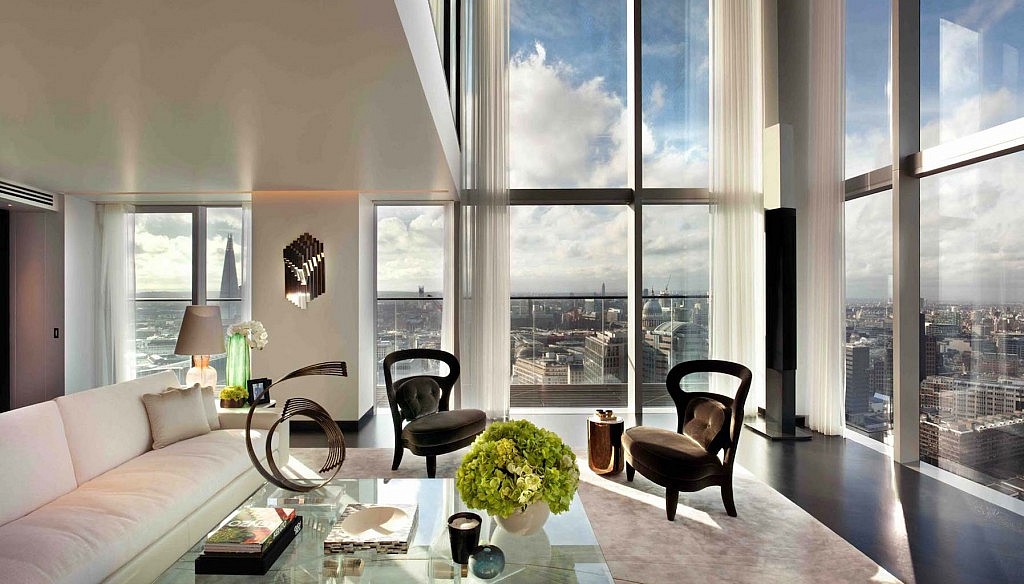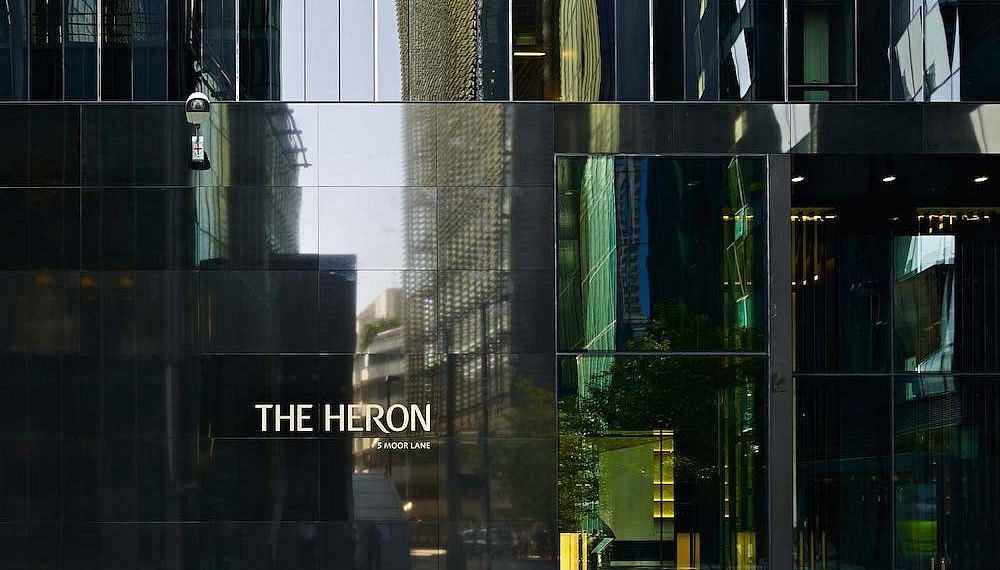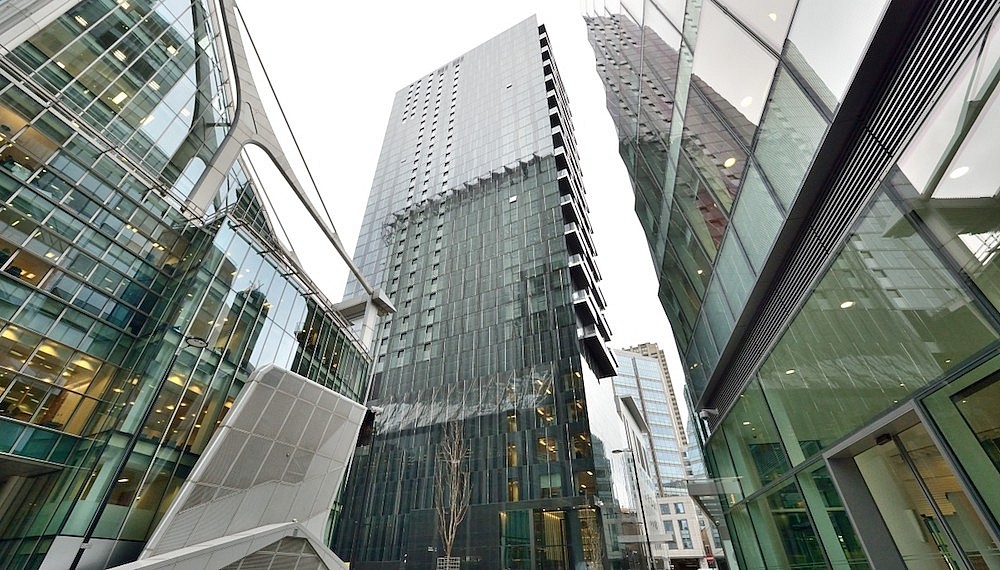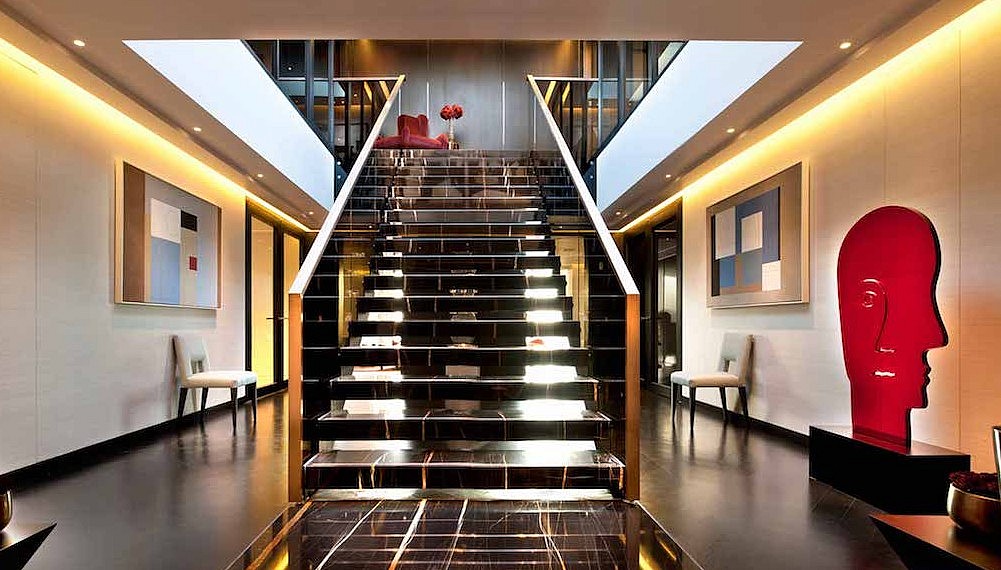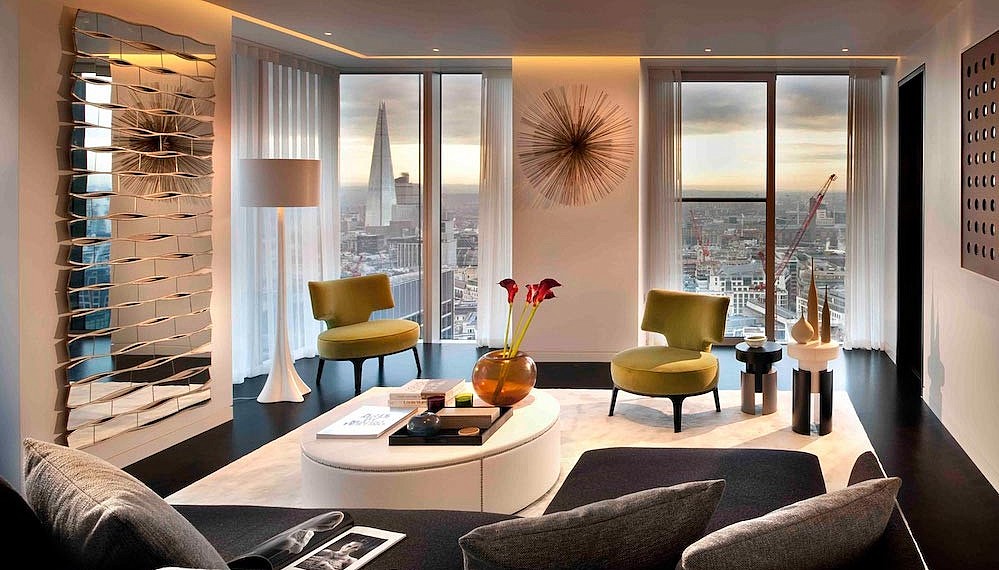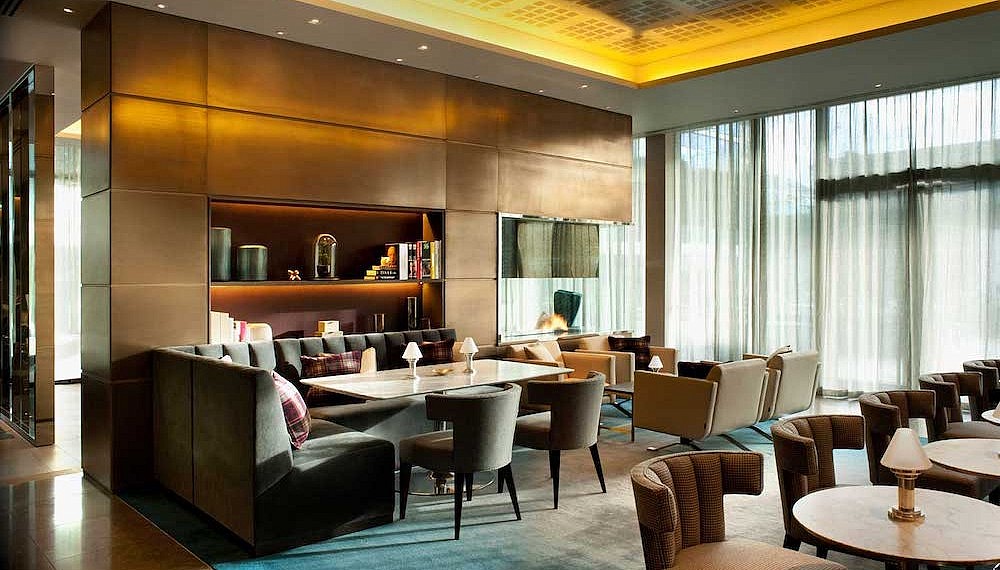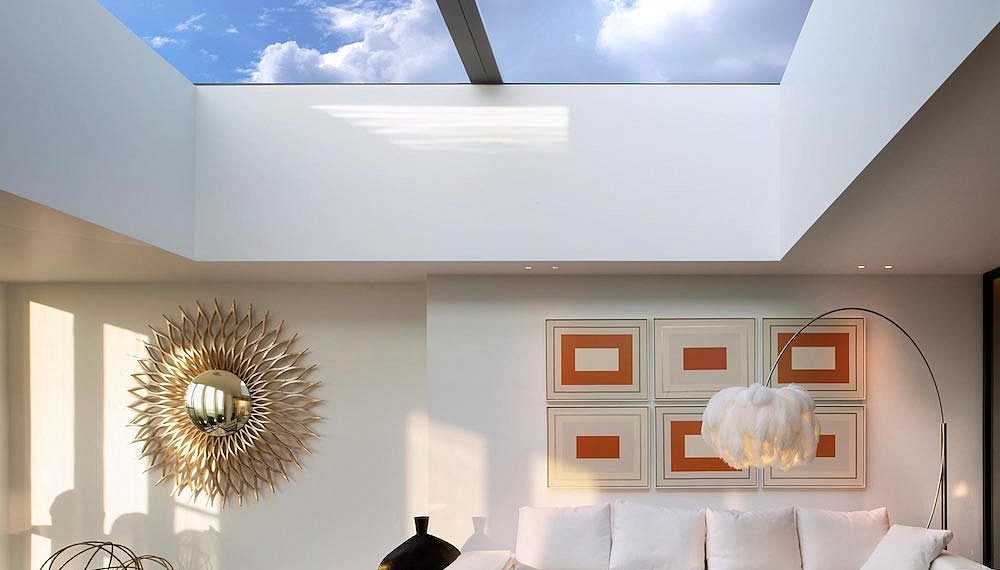living for the city
The Thames winds its way East to West, with landmarks like the House of Parliament, the London Eye, St. Paul’s Cathedral and Tower Bridge sweeping majestically across the eyes from the balcony of The Heron’s South Penthouse. It’s a multi-million dollar view. Who wouldn’t want to wake up to this every morning? Living in the middle of an alpha world city like London confers many benefits – commutes, amenities, entertainment – and none more so than that view. This, however, was not always the case.
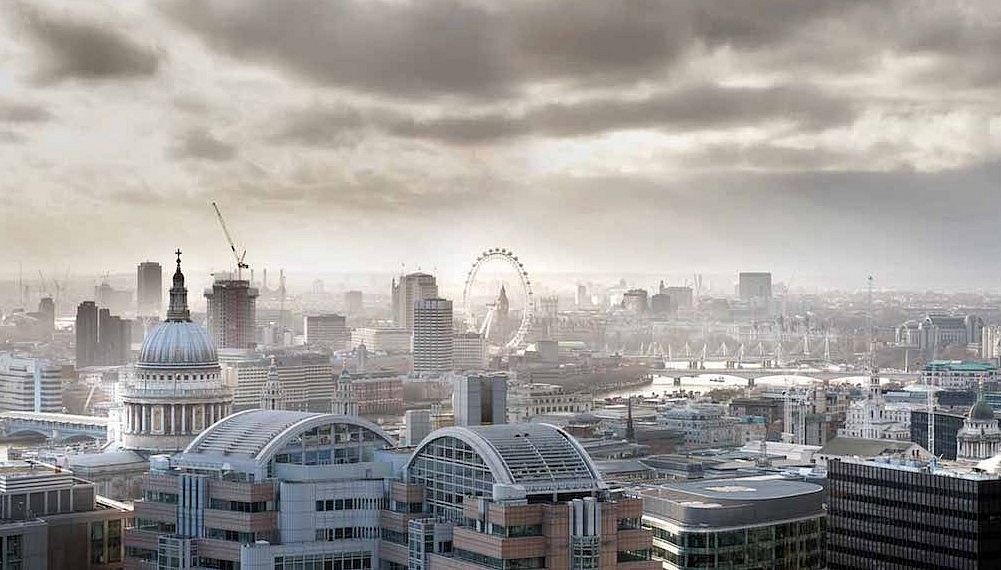
There was a time when living within the City of London wasn’t cool. This was before Spitalfields became a bustling food mecca and before it was hip to be in Hoxton. The City was for work, not for living. After the day was done, Londoners fled home, west to Kensington and Chelsea, or north to Hampstead. That this has changed is in no small part due to the pioneering nature of development known just as The Heron.
Built as the largest residential project in the City since the Barbican was completed in 1974, The Heron shares with the latter more than just space comparisons and proximity. Just as the Brutalist Barbican was conceived as a way of bringing people back into the City in post-war London, The Heron was a 21st century jumpstart of the residential market within the Square Mile. It did not start out like that, true, but evolved that way through the unique matrix of restrictions that define property development in London.
Originally the site of a fire station, plans to develop the site as a commercial office tower block never gained traction, with residents in the Barbican – living mere metres away – protesting over the loss of their right to light. The nature of the site on Moor Lane meant that any development, according to architect David Walker, would need to be split into a lower building on the west side and a tall, thin tower on the east, perfect for a residential block. Meanwhile, the prestigious Guildhall School of Music and Drama nearby was looking to expand, modernise and in need of a new music hall.
What transpired was a unique private-public partnership where the City of London worked together with David Walker Architects to develop the site. That it would be successful seems a given today, but back in 2007, the only developer that had sufficient confidence in the project was Heron International. And though each party was pursuing self-interests – the City council a use for empty space, the Guildhall School new facilities, Heron International a debut in the London luxury residential market – they were, as David Walker puts it, joined at the hip in making it the project a success. The solution, in hindsight, was elegant and simple. The residences at The Heron would pay for the expansion of the School. Win-win.
Physically The Heron looks like two vertical buildings, one short, one tall. Functionally however, the Guildhall School occupies the first six floors horizontally across the entire site, with the residences beginning above the sixth floor of the tower. This fulfils the requirement that the new concert hall – built as a cube within a cube on springs – be insulated from vibrations from residents and trains. It also presents an intriguing architectural question of how to separate two very different functions occupying a single space, answered by having distinct entrances for the School and residents, seamlessly bypassing the other.
The residential portion, consisting of 284 apartments ranging from studios to two penthouses across 36 floors, houses an intriguing demographic – students mingling with professionals, split across a range of nationalities. A gleaming rectangle of steel and glass, it can at times seem like a generic block, but details rescue it from anonymity. The west and north sides of the tower, for example, allows for discrete balconies – a rarity in modern London apartments – that jut out in cascading asymmetry, adding visual interest. Achieving this wasn’t easy, as the architects not only had to navigate complex building codes but also continued concerns from Barbican residents. In fact, the tower had to be lowered by eight floors or 28m to accommodate complaints from Barbican’s towers that it was restricting their views of the horizon.
Not that that slight reduction is height is noticeable from the wraparound balcony of the South Penthouse, which is still available for sale (representation by Savills). The panorama of London from this vantage point is always mesmerising; on a rare sunny day, dazzling. And that is not even mentioning the stunning space inside – the dramatic staircase in the entrance hall, the polished gleam of herringbone oak floors, the Boffi-fitted kitchens and bathrooms, the double-height living room, the rich furnishings and the unique alcove with a ceiling-wide skylight. To be here is to be convinced of the appeal of city living in London. It’s hard to imagine that this was never the case. But this unique private-public property partnership did just that. The proof is in the pudding, or in this case, that view.
